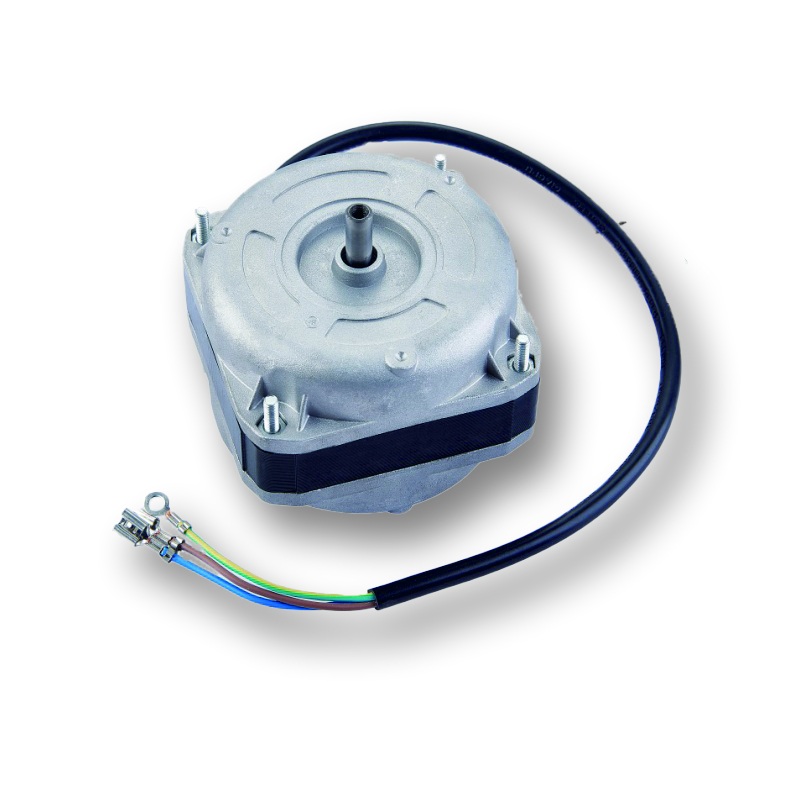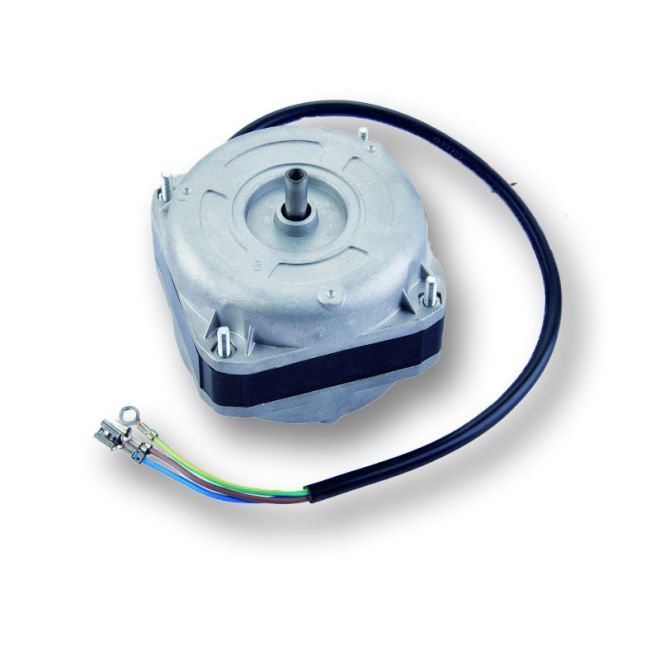Introduction to dc brushless fan motors
DC brushless fan motors, also known as BLDC motors, are a type of electric motor that operates using direct current and electronic commutation. These motors are renowned for their efficiency, durability, and versatility, making them a critical component in various applications.
Fundamental Principles of Brushless Motors
Brushless motors operate based on the principles of magnetic attraction and repulsion. Unlike brushed motors, which use mechanical brushes and a commutator, brushless motors replace these with electronic control systems that manage the commutation electronically.
Construction Details of Brushless DC Motors
Brushless DC motors consist of a stator, rotor, and a series of sensors for precise control of motor operation. These components are meticulously engineered to optimize the motor's performance and efficiency.
Stator and Rotor Design
The stator in a brushless motor comprises windings that can be arranged in star or delta configurations. The rotor is equipped with permanent magnets that interact with the stator's electromagnetic fields. These components are designed to minimize losses and maximize torque output.
Hall Sensors and Electronic Control
Hall sensors are crucial for detecting the rotor's position and adjusting the electrical input to the stator windings. This ensures that the motor maintains a steady rotation speed and direction, even under variable loads.
Electronic Commutation in Brushless Motors
Electronic commutation is central to the operation of brushless motors. This method uses electronic circuits to switch the current in the stator windings, creating a rotating magnetic field that drives the rotor.
Advantages of Electronic Commutation
- Reduces mechanical wear and tear by eliminating brushes.
- Enhances motor efficiency and longevity.
- Enables precise motor control and speed regulation.
Performance Advantages of Brushless Fans
Brushless fan motors offer significant performance benefits compared to traditional brushed motors. These advantages make them suitable for demanding environments where reliability and efficiency are paramount.
Efficiency and Longevity
With fewer mechanical components, brushless motors operate with reduced friction and heat, leading to higher energy efficiency and longer operational life. They are ideal for applications requiring continuous operation with minimal maintenance.
Energy Efficiency and Noise Reduction
One of the standout features of brushless fan motors is their ability to deliver high performance with minimal energy consumption and noise output, which is crucial in settings where noise pollution is a concern.
Reduced Energy Consumption
Brushless motors can reduce energy usage by up to 30% compared to brushed motors. This reduction in power consumption translates to cost savings and environmental benefits.
Low Noise Operation
The absence of brushes means that the motors operate quietly, making them suitable for use in environments where noise reduction is critical, such as in medical equipment and consumer electronics.
Application Areas of Brushless DC Motors
Brushless motors' reliability and efficiency make them the preferred choice for a wide range of applications, from consumer electronics to industrial machinery.
Consumer Electronics and Appliances
- Used in high-efficiency fans and cooling systems.
- Incorporated into electric vehicles for quieter operation.
Industrial and Automotive Applications
In industrial settings, brushless motors are used in automation systems, while in the automotive industry, they are crucial for electric powertrains and precision control systems.
Comparison with Brushed Motor Fans
While brushed motors are simpler and cheaper, brushless motors offer greater efficiency and reliability, with a longer lifespan and lower maintenance requirements. These benefits justify the higher initial cost for many manufacturers.
Recent Innovations in Brushless Motor Technology
Technological advancements continue to improve brushless motor performance. Innovations in materials and electronic control systems have led to higher power densities and improved motor adaptability.
Materials and Design Improvements
New materials enhance magnetic field strength and reduce motor weight, resulting in more compact and efficient motors suitable for a broader range of applications.
Integration of AI and Machine Learning
The integration of AI technologies allows for smarter motor control, optimized performance, and predictive maintenance, reducing downtime and costs.
Future Trends and Developments in Brushless Motors
The future of brushless motors looks promising with ongoing research focused on further enhancing efficiency and performance. As technology progresses, these motors will play an increasingly vital role in sustainable and high-performance applications.
Emerging Markets and Applications
As global demand for energy-efficient technologies rises, especially in China, manufacturers and factories are investing in brushless motor technology to meet this demand, spurring growth and innovation in the sector.
Hanlang Technology Provide Solutions
Hanlang Technology offers comprehensive solutions for integrating brushless DC motor systems in various applications. With a focus on efficiency, reliability, and innovation, we provide tailored solutions that meet the specific needs of manufacturers and factories across the globe. Our expert team ensures that all components are optimized for performance and energy savings, helping clients achieve their operational and sustainability goals.




